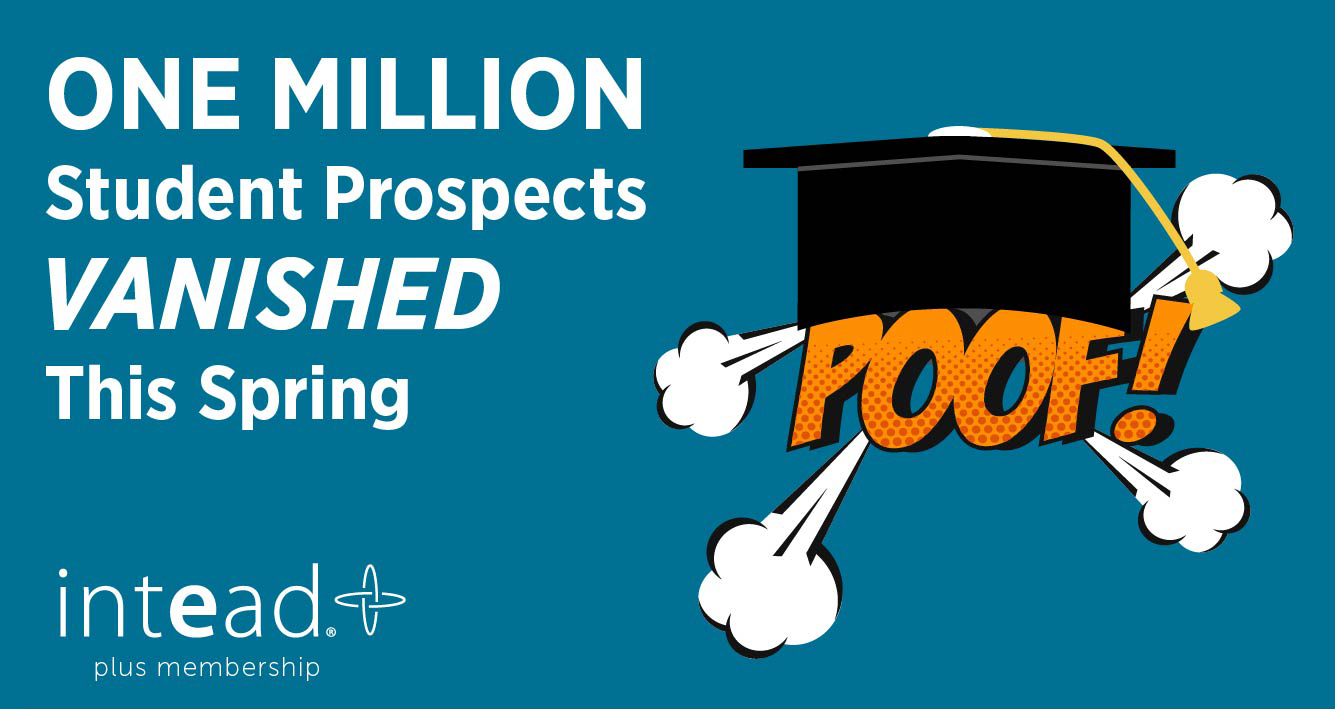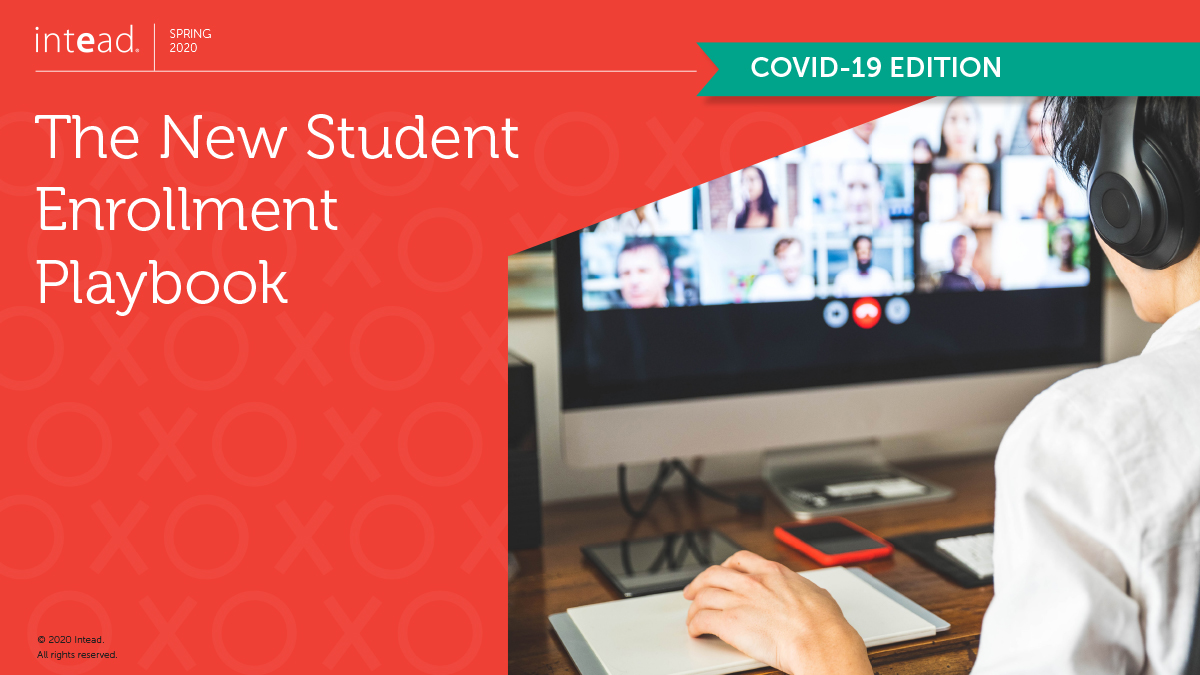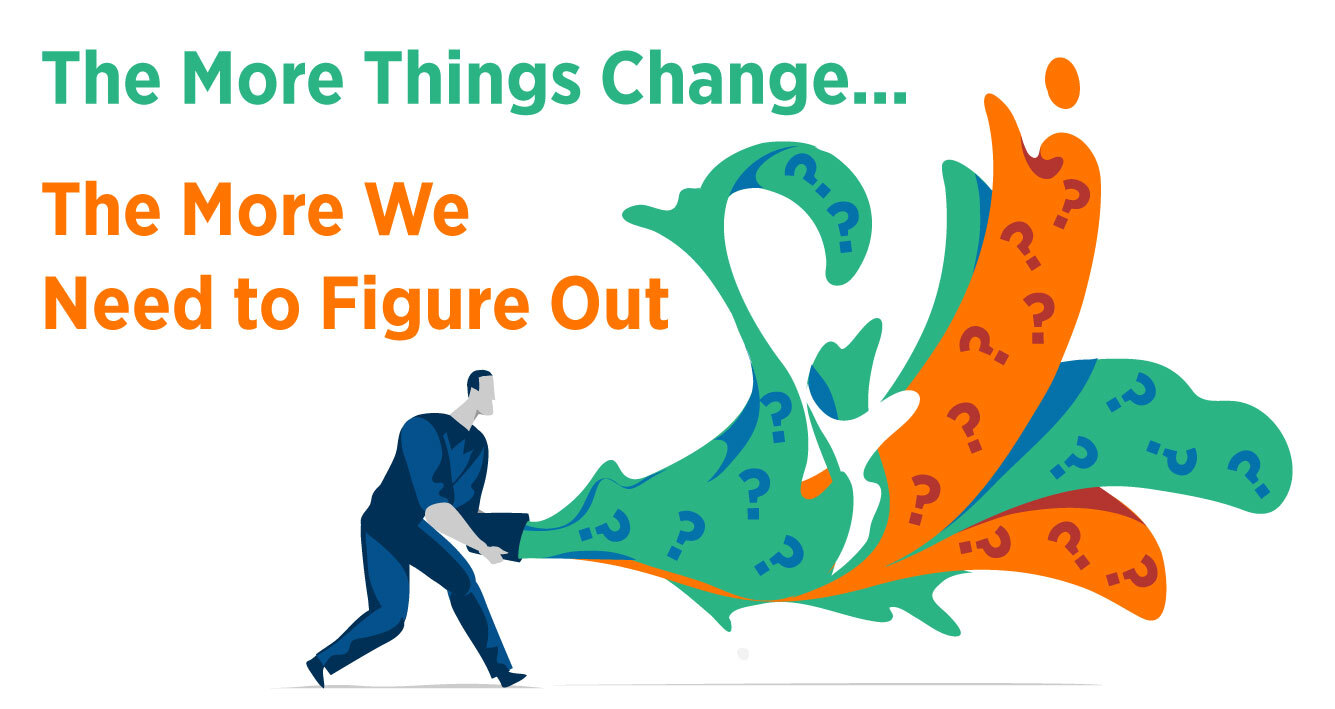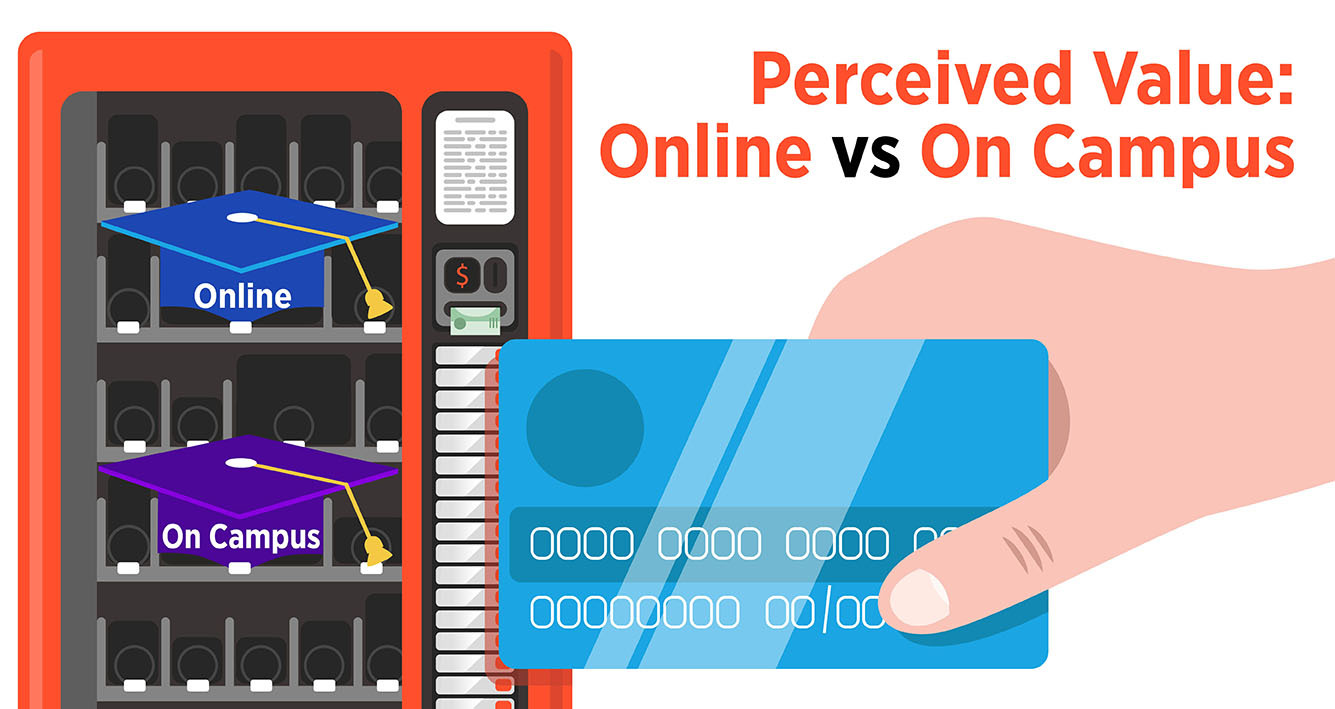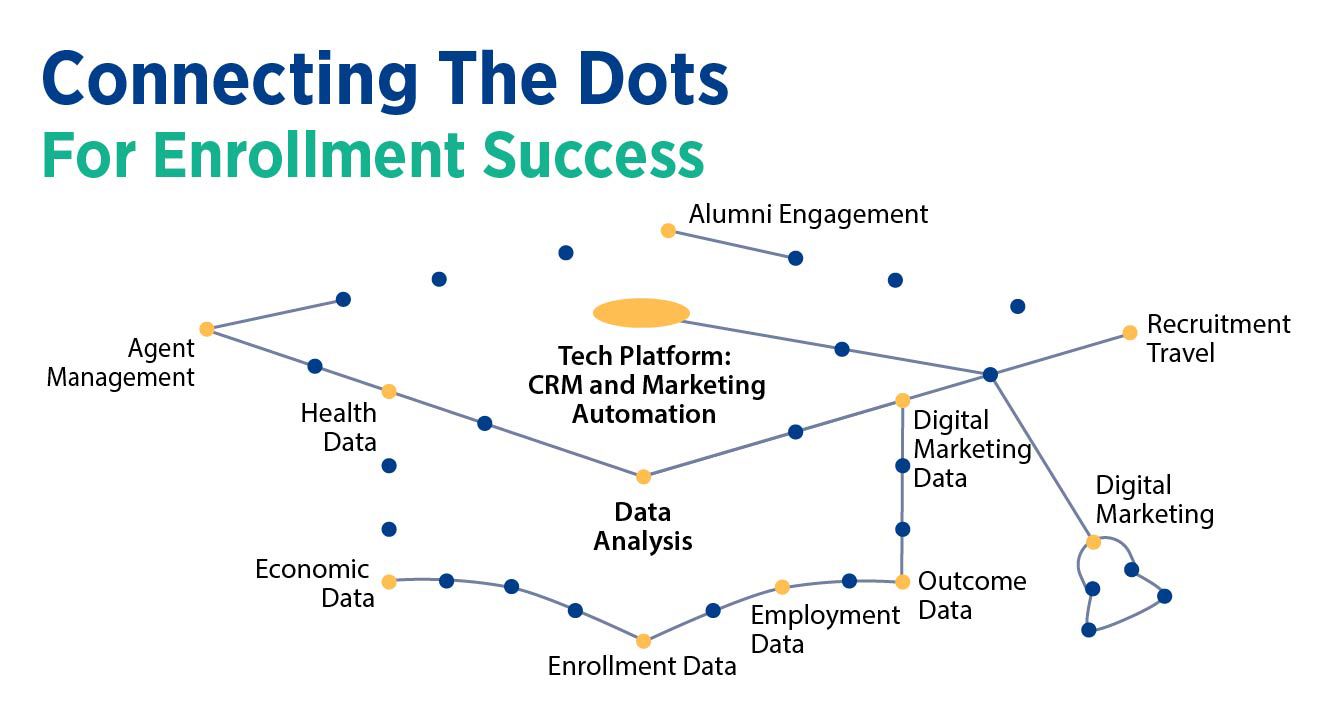You have your smiling student photos, a brief headline, and a budget — what could possibly go wrong?
Reality: if creating an effective student recruitment ad campaign were as simple as “insert pretty campus photo here,” digital marketing agencies like ours would be out of a job. And we know what happens when that pretty campus/smiling student photo gets in the way of effective advertising…those in control stem the flow of dollars to your digital marketing budget. Will the challenges to your student recruiting ever end?
Why is it so hard?
Content drives interest, from the first point of contact (attraction) to the conversion events that drive student enrollment.
Your prospective students face an onslaught of information. In a recent Facebook survey of its global users, 43% of Gen Zers reported that they find it difficult to choose what to watch, listen to, and read. With brands clamoring for digital attention on all sides, it’s harder for you to stand out and harder for your target audience to make sense of all this noise. Enrollment marketing is a highly competitive sport.
All the more reason that your ads need to add value to your audience. Your ads must capture the attention of the high-quality leads that convert, not those that click and go nowhere.
And in case you've missed our most recent publications (providing more ways to leverage that digital marketing budget effectively), you can download our latest eBook, The New Student Enrollment Playbook: COVID-19 Edition, as well as our recent digital marketing case studies (performance benchmarks for your digital marketing campaigns) for free.
Read on for our 3 top tips for creating ads that resonate. We love talking about this stuff, so if you’re looking for more help on refining those campaigns, you know where to find us.
Read More


